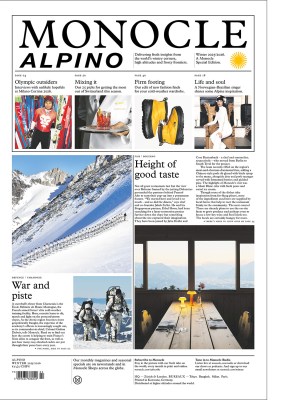Neighbourhood enclave: Budapest’s Napraforgo Street
The modernist houses on Napraforgo Street were a revelation when they were built in the 1930s. We meet the residents keeping the area’s Bauhaus legacy alive and alluring.
When the Napraforgo Street enclave was built in the space of a few months in 1931, it was revolutionary. Similar in spirit to the so-called Werkbund estates in Austria, Germany, Poland, Switzerland and Czechia, the idea behind the low-rise suburb was to create a new model for urban living. Building detached, single-family homes was hardly the norm at a time when Budapest, like the other great cities of Central Europe, was reeling from a profound housing shortage.
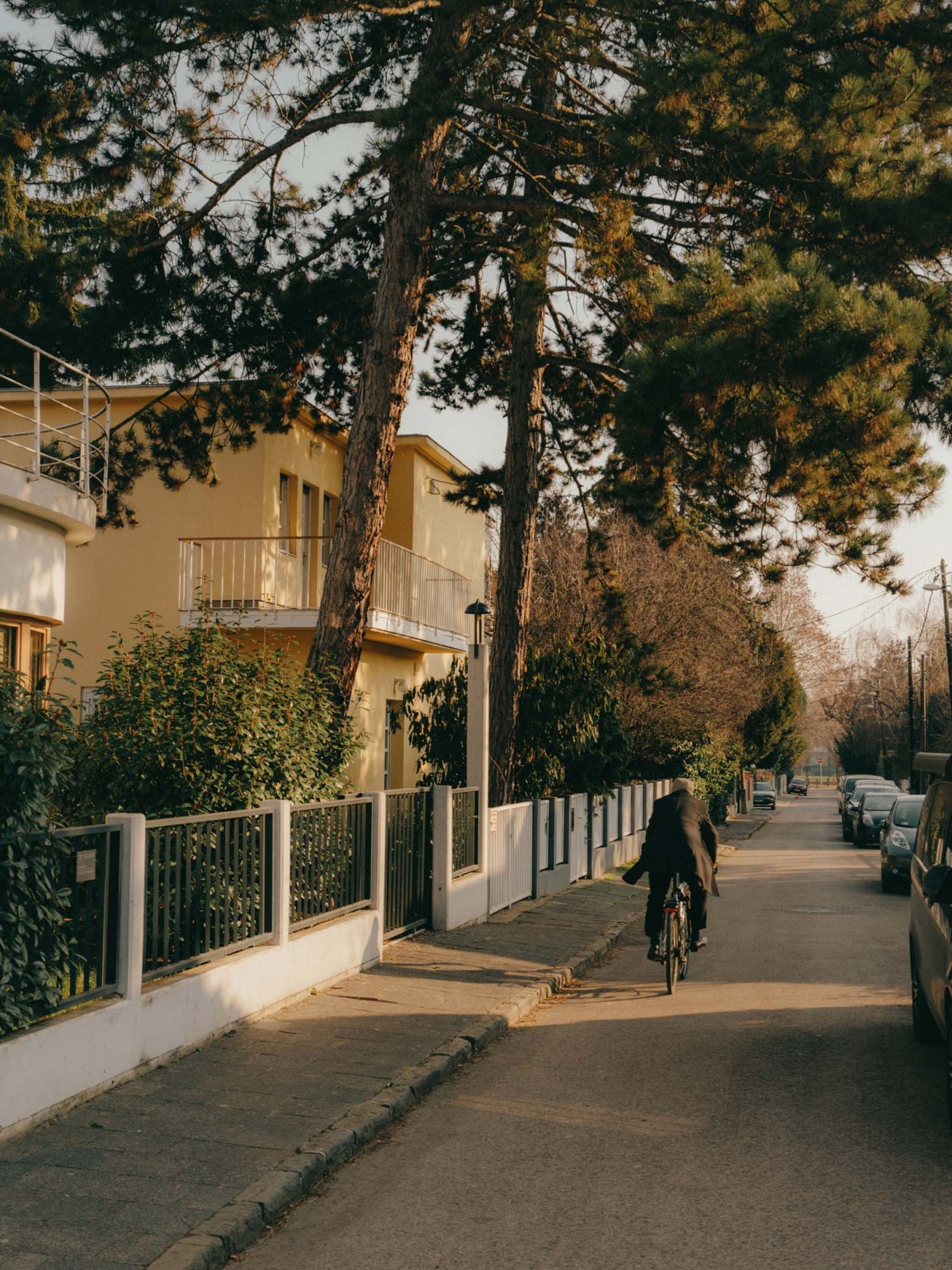
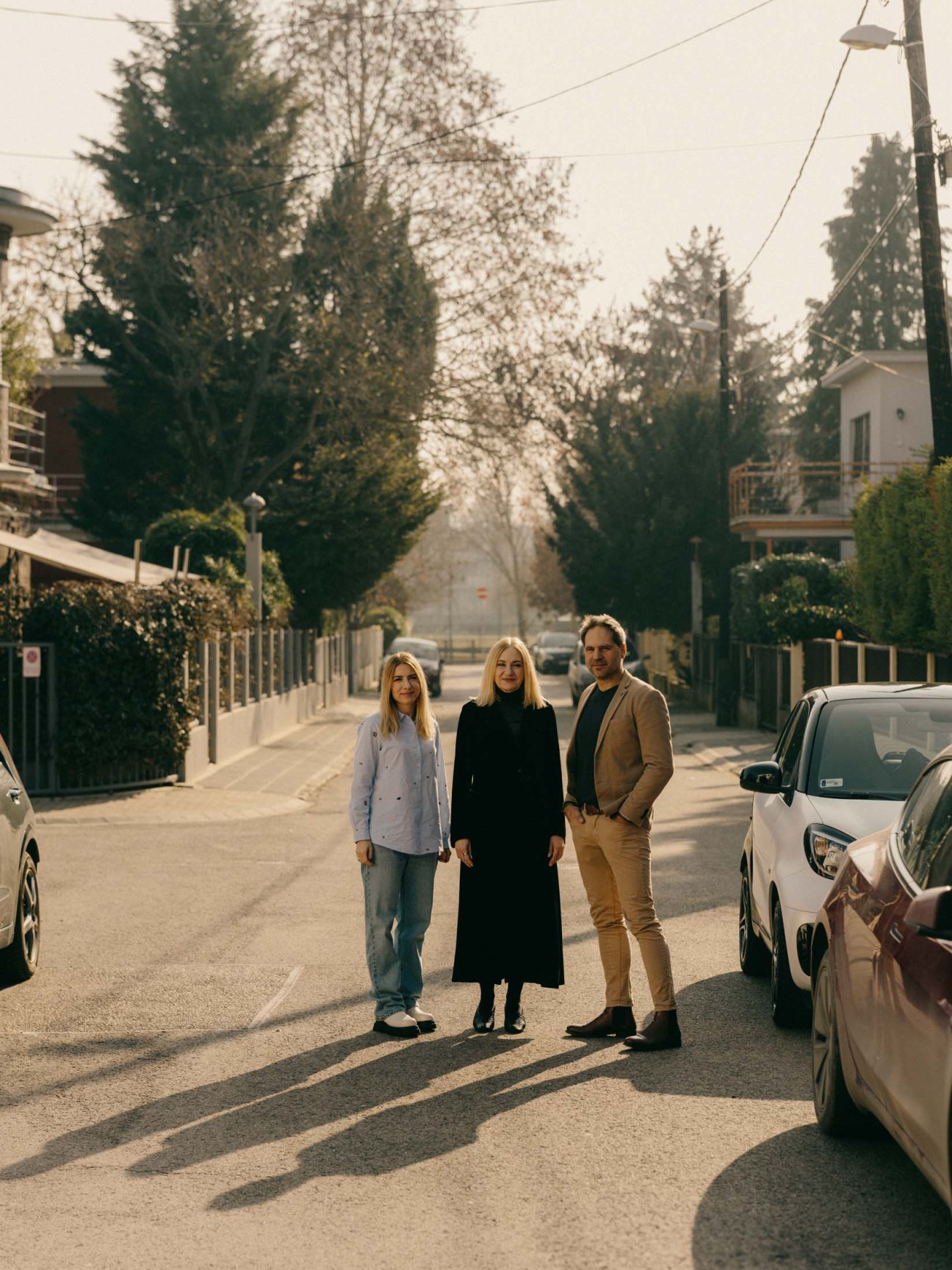
Sitting on the quieter Buda side of the Hungarian capital, the neighbourhood is well served by tram and metro lines, meaning that the city’s fairytale-like parliament building is a mere 30 minutes’ walk away. And yet, Napraforgo still feels like a world unto itself.

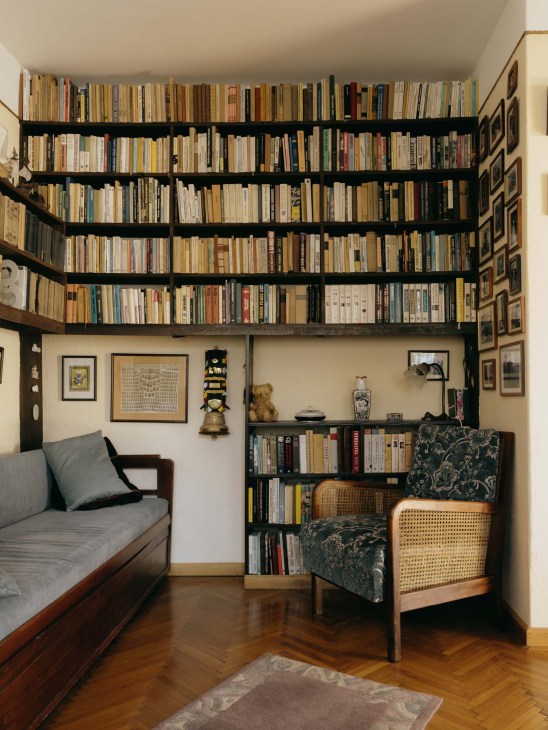
The 22 houses of Napraforgo – Hungarian for sunflower, a name chosen to highlight the houses’ airy design – vary in size but range from 140 to 250 sq m. They strech over two or three storeys and sit in a small plot of land, each flanked by a garden. Unlike its Werkbund counterparts, there is little rigid stylistic uniformity, though all the units adhere to the principles of modernism and, more narrowly, the Bauhaus school. Indeed, many of the architects involved – 18 firms – studied in Germany, including one at the Weimar school itself. Others, such as Alfred Hajos, had backgrounds as inventive as their creations. Before forging a career in architecture, Hajos was Hungary’s first Olympic swimming champion, a runner and footballer. In Napraforgo, he designed House No 19, now home to Dora Groo and her husband, Gabor Megyeri.
Groo, a medical researcher before she retired, is the only descendant of an original owner family still living here. Her grandparents’ motivation for moving to Napraforgo sounds as relevant today as it did then. “My grandfather was a mid-level banking manager, and his wife and their children, including my mother, were living in the centre of Budapest but wanted to move somewhere green,” says Groo as she settles into the downstairs living room with her husband, a chemical engineer whom she met and married in the 1970s. Behind her, a swirling wooden staircase leads up to the first floor, where there is a bedroom and an office, complete with original beds and bookcases, as well as a sunny terrace. Yet to Groo, it doesn’t feel like living in a time capsule. “I have lived in this house since I was born so for me it’s not a museum. We raised our two children here. This street was created as a place to live.” And life has been plentiful. By the late 1930s, some of the original owners – mainly from the middle-class intelligentsia with the occasional aristocrat and military officer – moved out as war loomed. After 1945, as Hungary became communist, some buildings were requisitioned and subdivided to house multiple families, before another wave of selling and reselling reshaped the street.
Throughout, the ensemble remained intact but some degree of protection was necessary and in 1999 (much too late for Groo’s liking) the street was finally given listed status. By then, however, many alterations had already been made to the original designs, a consequence of Hungary’s lax heritage rules and the upheaval – and rampant speculation – that followed the fall of the Iron Curtain.
In 2017, Groo and Megyeri founded the Napraforgo Street Bauhaus Association, both to help secure the ensemble’s historic status and to establish a shared archive of materials while raising public awareness. The results are encouraging: there are now guided tours, as well as a strong interest in purchasing. Despite limited availability, the houses still come up for sale with some regularity. One two-storey house – designed by architect Ervin Quittner, who later built several factories in Budapest and served as president of Hungary’s touring club – recently sold for a little more than €1.1m.
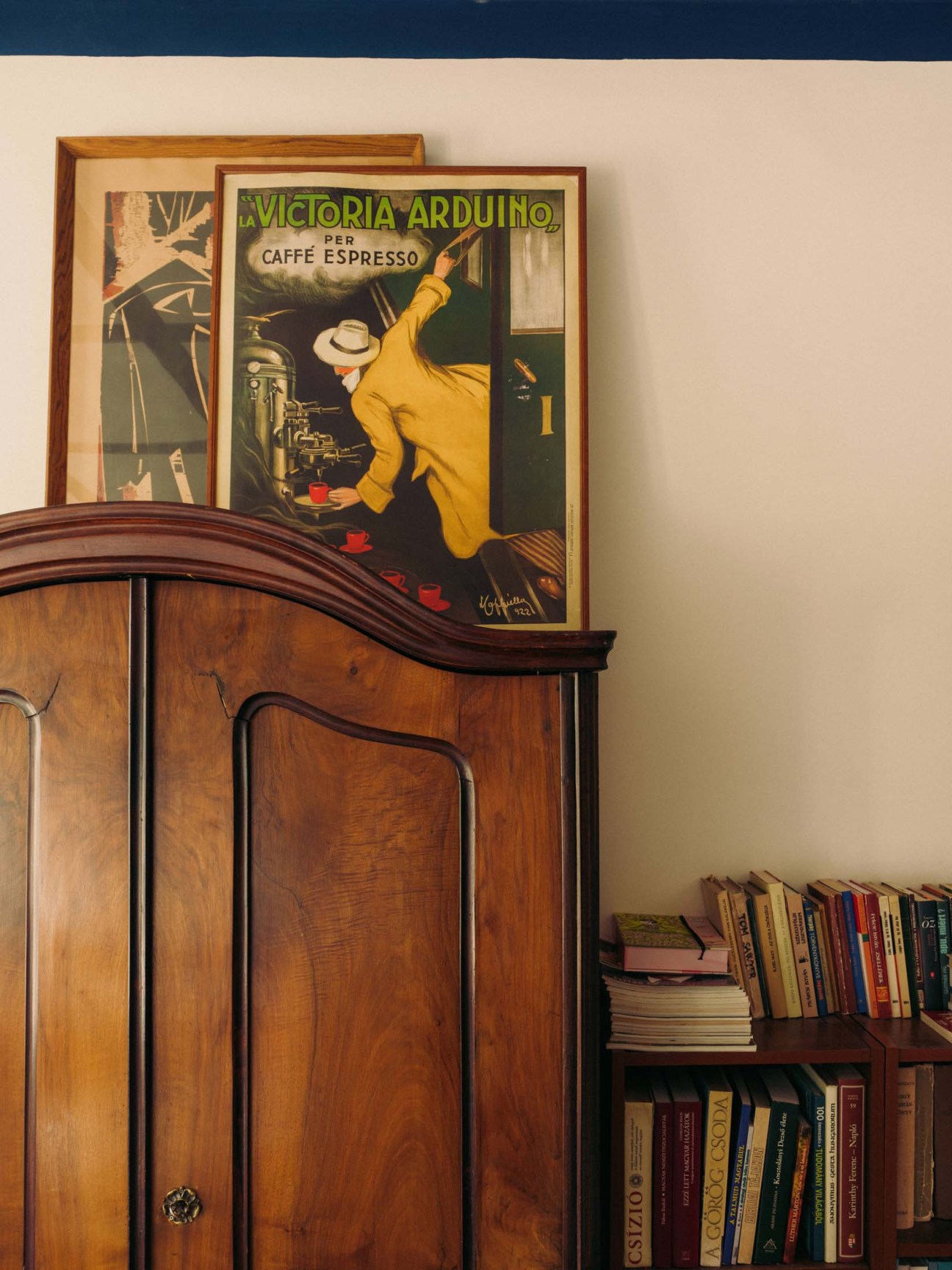
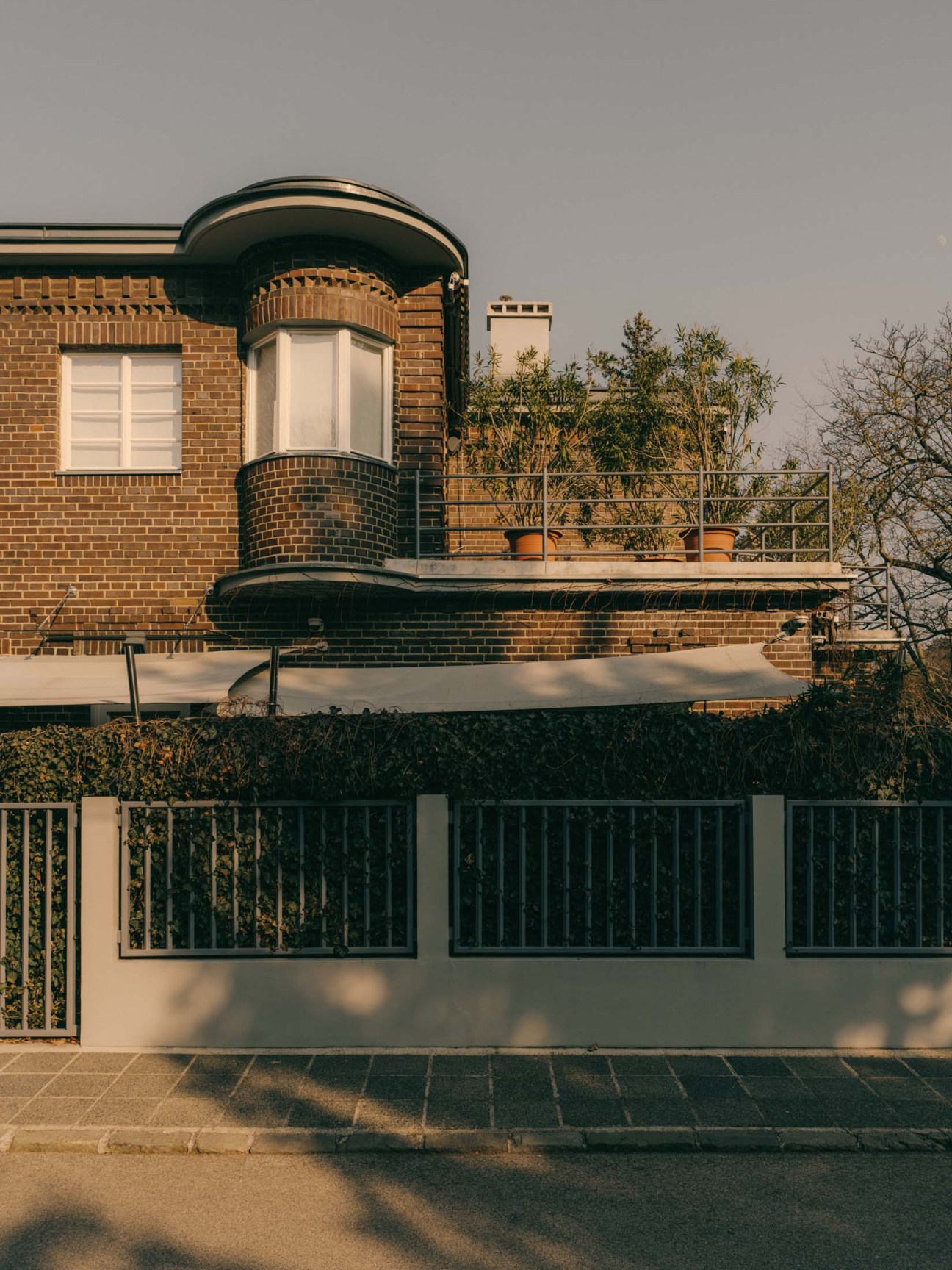
In keeping with the homes’ original ethos, their new owners tend to come from the creative industries – a phrase that wouldn’t have existed in the 1930s. No 1 stands at the head of the street and forms a symbolic gateway with views over a football pitch. Lawyer, journalist and art collector Erno Muranyi lives here with his wife, who is also in the legal profession, and their teenage daughter. They moved a year ago into a property that had belonged to the dean of law faculty of the university they attended. The Muranyis had been living on a nearby street and would often walk through Napraforgo, wondering what it might be like to have a house here all to themselves. “We saw our dean many times here and greeted him,” says Muranyi. Then, the dean’s nephew – a family friend – asked whether they might be interested in taking over. “My wife said, ‘Call him immediately!’”
Like most of the other houses, the Muranyi residence is furnished with antiques, though not necessarily all from the Bauhaus period. There are cupboards from the turn of the 20th century, heavy desks and bookcases from the 19th, and even furniture from the 18th century sofa. In this respect, the Napraforgo estate stood apart from similar projects elsewhere, where buildings typically came with furniture and fittings included as part of the package. But from the very start, Napraforgo owners had the freedom to choose their own decor so true modernist pieces, like those in the home of Groo and Megyeri, were comparatively rare.
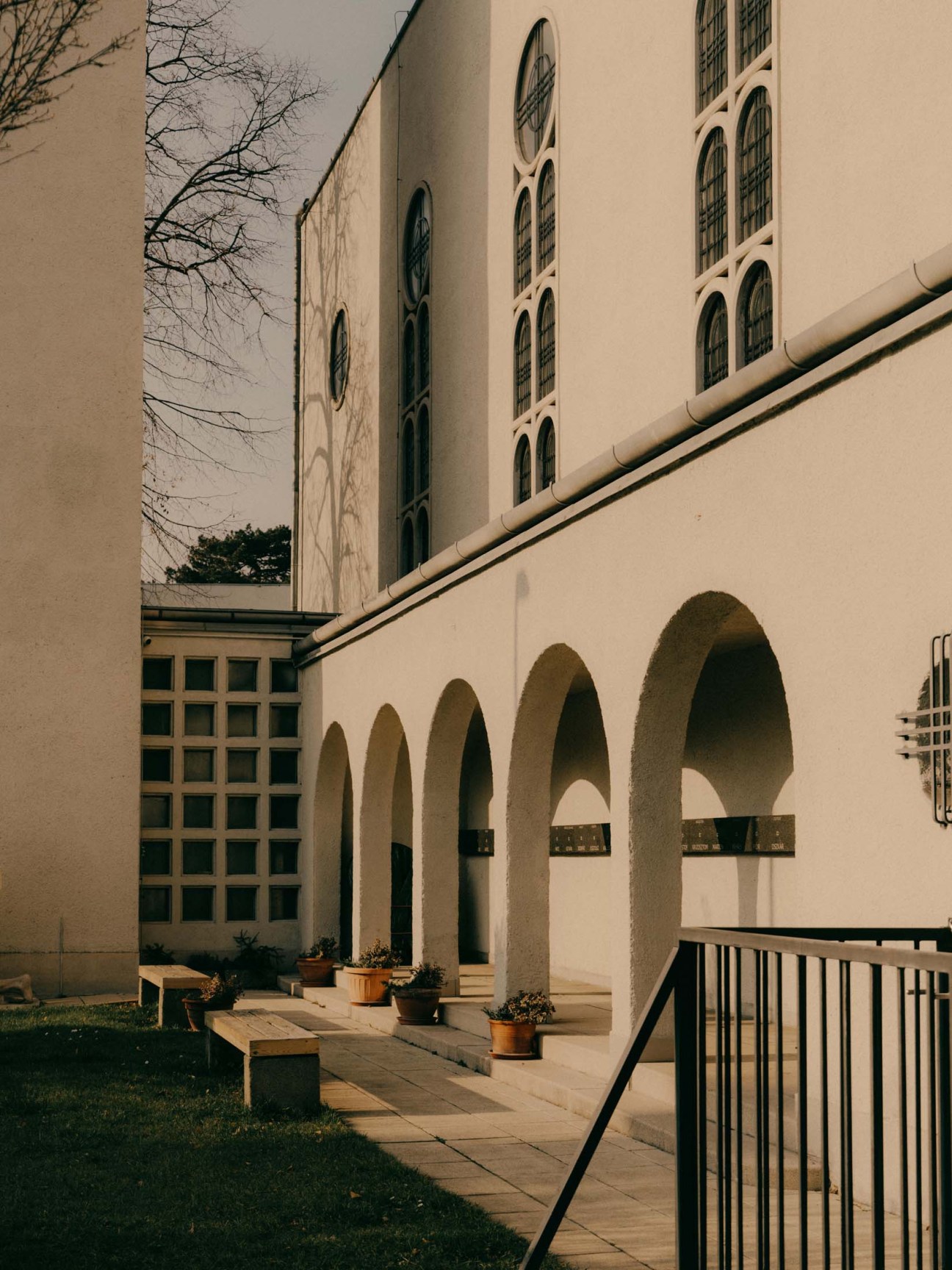
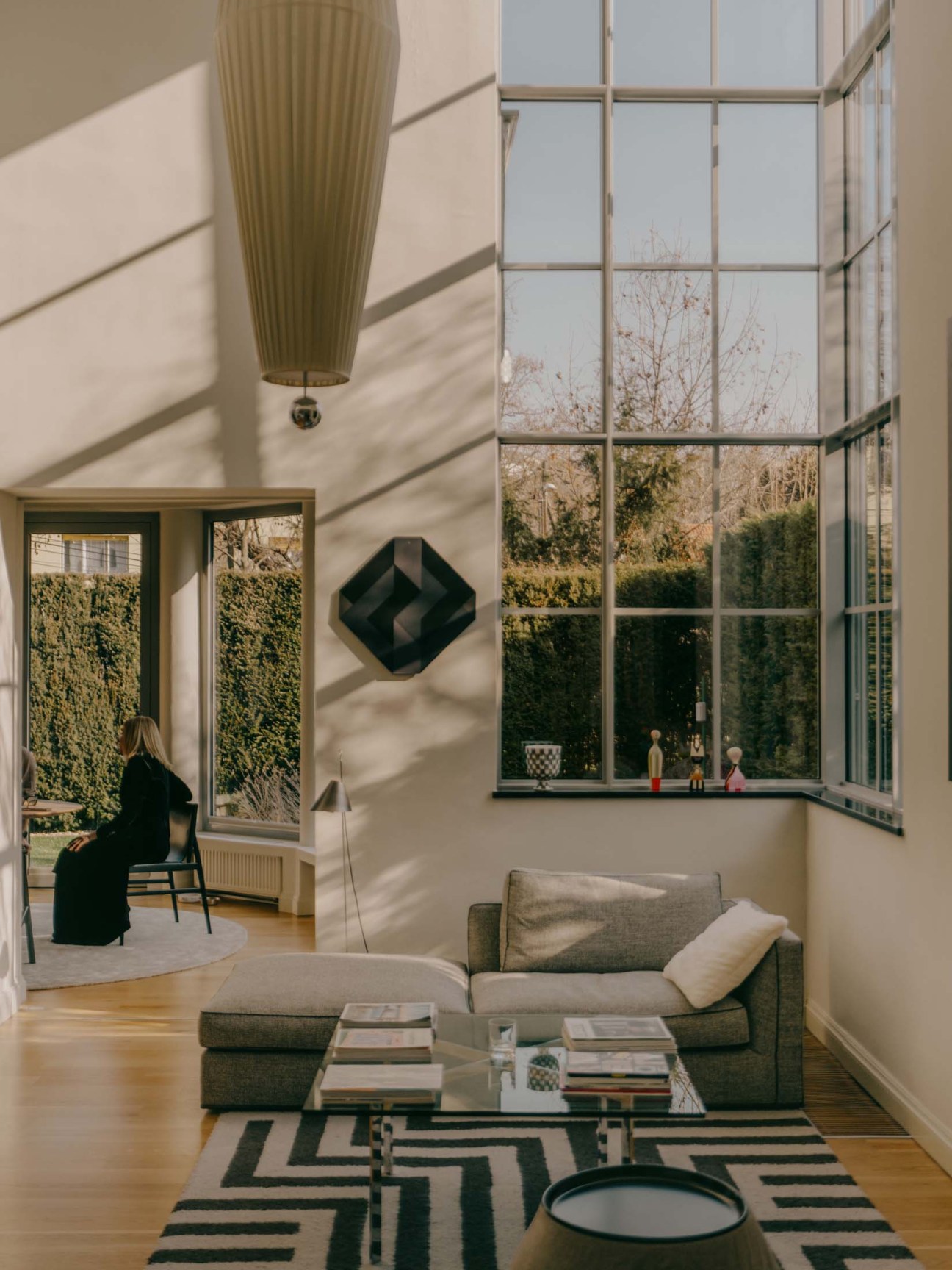
Nevertheless, the 1930s interior design aesthetic remains strikingly modern – and many now aspire to it. Returning the original feel of her new house is the aim of another recent arrival, Andrea Mari. Mari runs a furniture showroom in Pest and owns three properties across Buda, including House No 11 (formerly 13) in Napraforgo. The house – an elegant corner building designed by architect Laszlo Vago, a member of the Congrès Internationaux d’Architecture Moderne group, which included Bauhaus founder Walter Gropius and celebrated Soviet constructivist Moisei Ginzburg – had been altered by its previous owners, who added a controversial extension.
Budapest architecture firm Rapa is now planning a discreet overhaul (the extension – essentially a windowed winter garden – will remain), which will introduce thinly framed windows to allow even more light, while keeping amenities, such as the kitchen and bathrooms, up to modern standards. “We have to respect the past but also do something new with these buildings,” says Mari. Rapa co-founder Adam Reisz is still waiting on approval from heritage authorities.

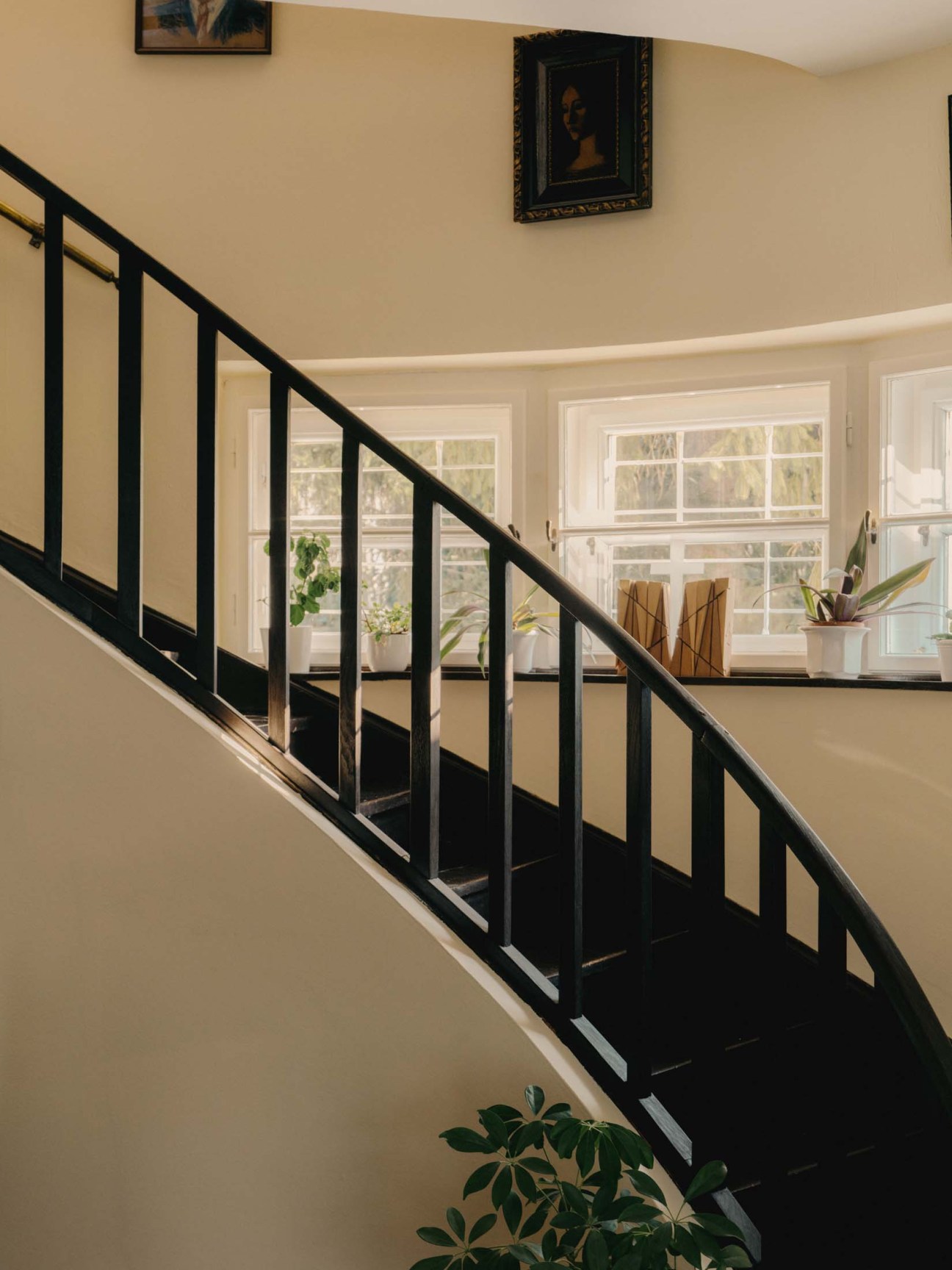
“The biggest challenge is how to modify the exterior and interior in a way that reflects the original architect’s intentions but in a modern manner so we have had to find this connection between then and now,” says Reisz. But he is undaunted – not only because of his expertise in dealing with historic architecture but also because of the overarching spirit of the Bauhaus, which championed technical innovation.
For Mari and her daughter, Nora Szeleczky, a recruitment expert who lives in the house, there is something else about Napraforgo that makes it special – the sense of community that they say has all but disappeared in Hungarian cities. “People are very individualistic now,” says Szeleczky, who lived in eight countries, including a seven-year stint in Vancouver, before returning to Hungary. She believes that this has prepared her for life here. “This street was built around the idea of community. It is unique in Budapest and anyone moving in should expect to be open with their surroundings – and with their neighbours.”


In the know: Napraforgo
Cost per sqm:
Between 2m and 4m Hungarian forints, or €5,000 to €10,000.
Best school: Pasareti Szabo Lorinc School
Set on a hill above a stream, just across a bridge from Napraforgo Street, this bilingual Hungarian-English primary and secondary school counts Groo and her two sons among its alumni.
Amenities and cafés:
The Pasareti roundabout hosts all the essential amenities, including a pharmacy with a natural cosmetics section, a medical centre and the much-loved Pasaret Bisztro, a favourite of locals for daily meals. A few streets away is the Szepilona Bisztro, offering an international menu that blends Hungarian and Austrian classics, such as tafelspitz (boiled beef), with French and Italian dishes.
Further info:
Groo and Megyeri’s association can assist with any inquiries and can be contacted through napraforgoutca.hu


